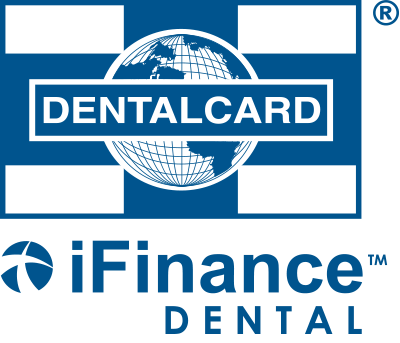FACTS ON FLOSSING
Fight plaque, tooth decay, and bad breath in minutes.
BAD BACTERIA
You may not realize that even when your mouth is clean, bacteria lurk in the warm, damp cave, growing and eating incessantly. These naturally occurring microorganisms make a delicacy of even the most minute food particles, after which they deposit a sticky residue on the teeth called plaque. After you brush and floss, plaque accumulates throughout the day and night, especially in places where toothbrushes can’t reach.
Left to harden into tartar, plaque build-up irritates gums and can trigger inflammation and gum disease. Sound like a nasty situation? It doesn’t have to be. In fact, you can virtually eliminate plaque by carefully brushing and properly flossing every day.
It’s really that simple: your toothbrush cleans the tops and sides of your teeth, while the floss cleans between them. Flossing also polishes teeth and controls bad breath. An extra two or three minutes spent flossing each day can give you a huge advantage in the war against those bad bacteria. The American Dental Association (ADA) recommends brushing twice and flossing once daily.
TWO TECHNIQUES
Correct flossing is a fairly easy thing to learn: either via the spool method, if you’re quite dexterous, or via the loop method if you’re less nimble with your fingers. To use the spool method, simply pull off about 18 inches of floss, wind most of it lightly around your middle finger. Don’t pull tightly and cut off your circulation! Then wind the remaining floss around your other hand’s middle finger to take up the used floss as you go. Now, push the floss in between your teeth using your index fingers and thumbs. Gently bring the floss up and down several times around both sides of each tooth, making sure to reach below the gum line, forming a C around each tooth with the floss. Pull or push it against your gums carefully so that you don’t hurt them; avoid rubbing it from side to side.
To use the loop method, pull off an 18-inch strand of floss, then make it into a circle. Tie the circle with three secure knots, and place all of your fingers (not your thumb) within the loop. Next, use your index fingers to direct the floss through your lower teeth, and your thumbs to direct it through your upper teeth. Again, be sure to clean below the gum line, and make the floss form a C around the sides of each tooth.
If you’re not especially skilled with your hands, or if you have to floss someone else’s teeth for them, you may want to consider a pre-threaded flossing tool. These small plastic devices come in bulk packages at drugstores. They are rather inexpensive but very effective.
STYLES OF FLOSS
Don’t let the wide variety of flosses confuse you; simply choose the one that appeals to you the most so that you’ll use it. The style you choose is far less important than the fact that you do floss! Consider these distinguishing factors. Wide floss, also called dental tape, works well for bridgework or widely-spaced teeth. You may also find that waxed flosses slide more smoothly between tight teeth or restorations. On the other hand, unwaxed floss squeaks, indicating that you’ve gotten your teeth clean, and bonded, unwaxed floss is sturdier than unbonded, unwaxed floss.



